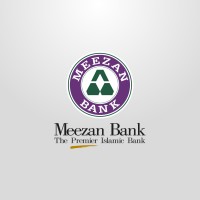
BMO U.S.
We’re a bank, but there’s more to it than that. We're a top ten bank in North America and have been serving our customers since 1817. BMO provides personal and commercial banking, global markets and investment banking services to 13 million customers and clients. And with over 54,000 employees, we take caring for our people seriously. When you join BMO, it opens a world of opportunities. This is a team that's committed to helping you succeed – personally and professionally. Because at BMO, when you grow, we grow. You know your worth and so do we. That’s why we offer the right mix of learning programs, on-the-job experiences, and opportunities to build personal and professional connections – so you can build a meaningful career and thrive as a part of a winning culture. Sound like your kind of place? Then we should be co-workers.






